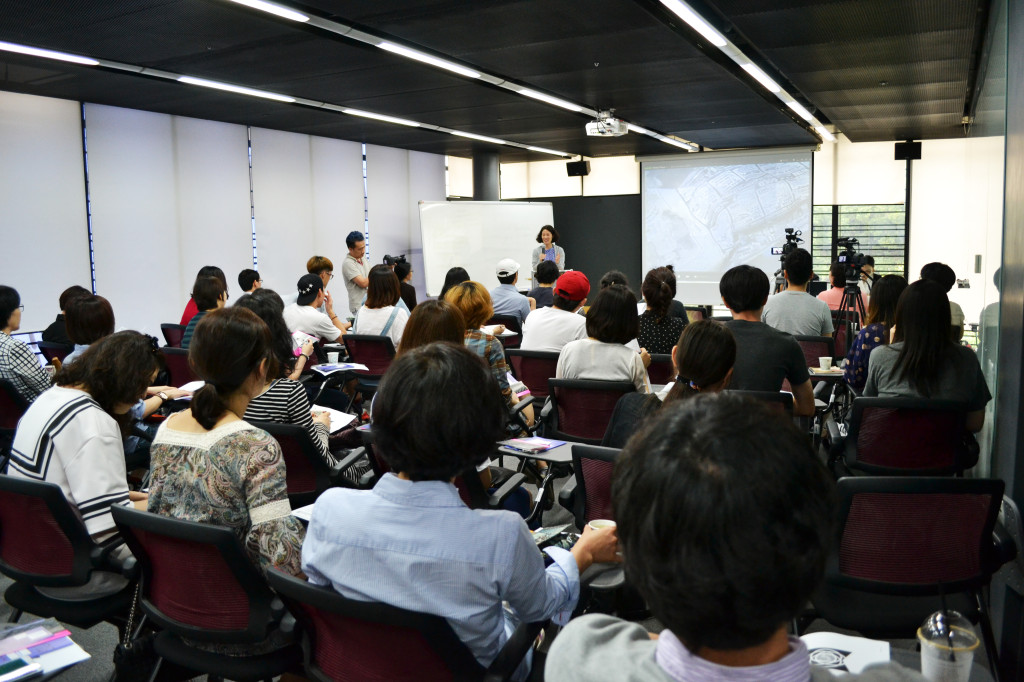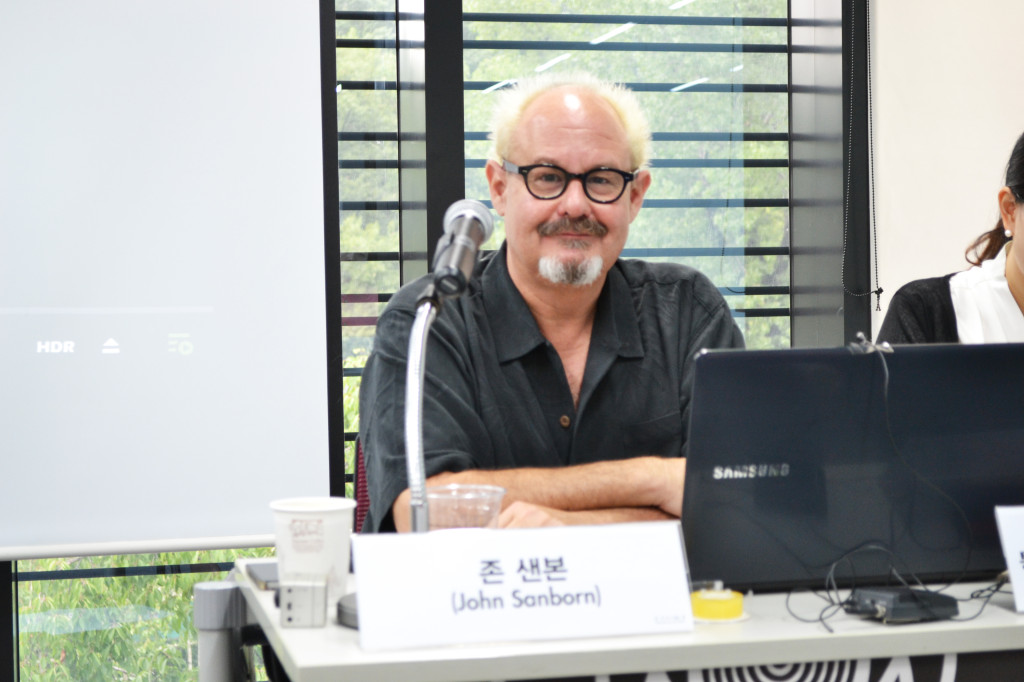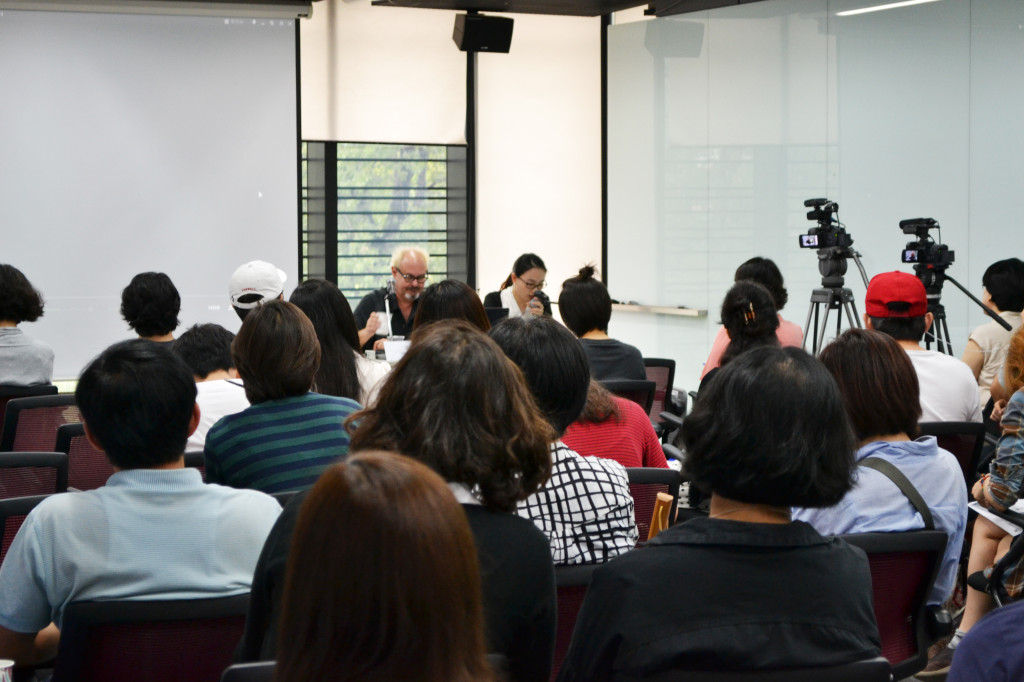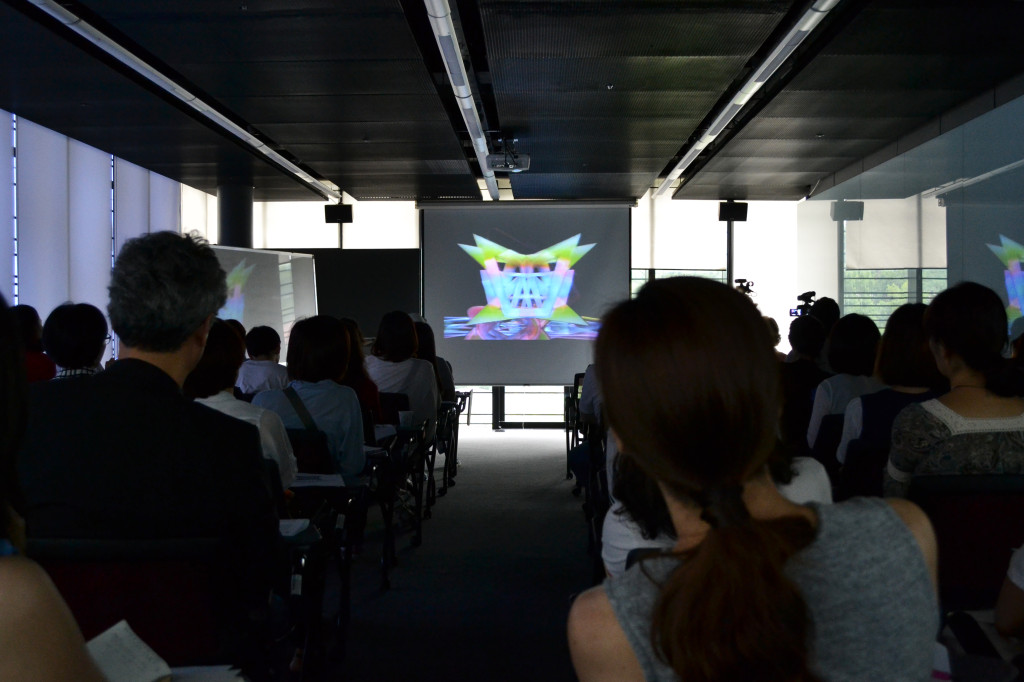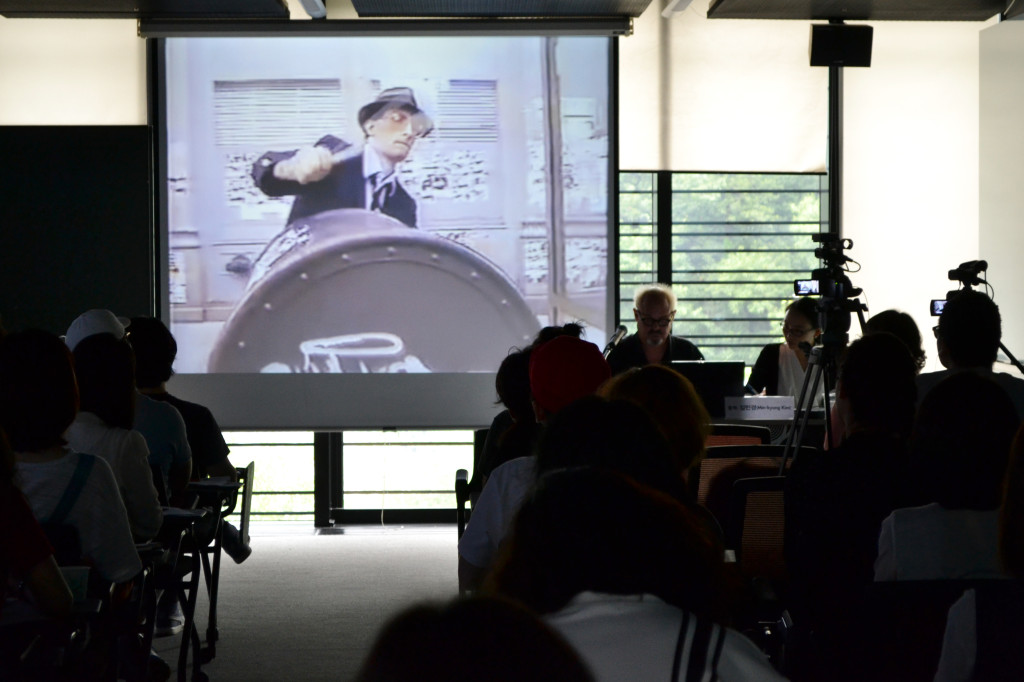
Once upon a time. Well, that’s the way the story used to go.
After Nam June Paik, what we called ‘stories’ changed radically – they became as much about how the storyteller was communicating as what was being said. Paik’s transformation of ‘story’ took the traditional elements of montage and elevated that visual language from the basics of editing to a neural level. His life and the works he produced need to be understood as elements that make up an advanced story than just “start here–end here.”
Paik did not merely rupture narrative and the accepted media constructs of time – Paik also built his own version of space. Installation space, performance space, and of course media space. With Good Morning Mr. Orwell Paik created a global groove – for real. He displaced the acknowledged notions of what should happen where, and provided a new sense of ‘why’ by connecting artists in differing physical spaces – thereby creating a unified media space. And boy, was it a blast.
(Excerpt from John Sanborn’s talk)
※ The talk will be conducted in English and English-Korean translations will be provided.
John Sanborn (1954~) is a world renowned video artist and creative director in the US. After he met Paik in Paris in the early 1970s, he worked closely with Paik, and to Good Morning Mr. Orwell, contributed Act III, a video work co-created by Dean Winkler with music by Philip Glass. In 1982, he produced, together with Kit Fitzgerald, A Tribute to Nam June Paik. Sanborn’s works have been shown in major museums including Whitney Museum, Museum of Modern Art, New York, Centre Pompidou, and Tate Gallery. He directed a dance work created for PBS’s Great Performances starring Mikhail Baryshnikov which won three Emmy Awards, and he is also active in the sectors of music videos and commercials. One of his most recent works is PICO (Performance Indeterminate Cage Opera) inspired by the centennial of John Cage.
* NJPAC complimentary exhibition tickets will be offered to those who attend the event.
















